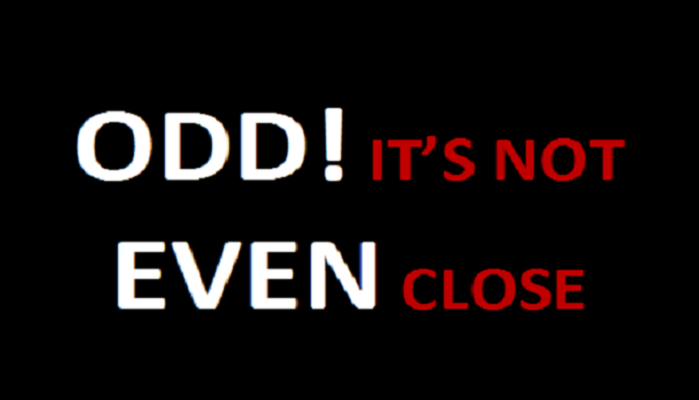Delhi’s Odd-Even Oddly Doesn’t Even Address the Root of the Problem, if Research Data are to be believed.
I read an interesting take in Financial Express on the actual problems that result in Delhi’s air pollution (written by PP Sangal, a UN Consultant and former director of CSO – ISS). This shows why the Odd-Even plan will have only a minor effect on reducing air pollution. It also shows how even IIT-educated politicians can fall prey to popular pcerceptions instead of relying on data and analyses
Researchers have found that the entire vehicular fleet in Delhi is responsible for only 9% of PM2.5 and 20% of PM 10 particles (and 36% nitrogen oxide).The major portion of 36% of PM 2.5 and 66% PM10 comes from dust produced from construction activities, road cleaning and by burning biomass in and around Delhi. The industrial stack releases 10% of PM 2.5 and PM 10, and 52% of nitrogen oxide.
(PM refers to Particulate Matter – PM 2.5 are very fine particles with sizes 2.5 micrometers or less; PM are relatively larger particles, with sizes 10 micrometers are less. These refer to particles that can enter our bodies and create serious problems for our respiratory systems)
This is getting really interesting, isn’t it?
Even assuming Kejriwal is able to swish a magic wand and remove all vehicular traffic in Delhi, the city will have over 80% of the PM2.5 & PM10 particles, and over 60% of nitrogen oxide, lingering about.
Which implies that in a realistic scenario of well curtailed vehicular traffic, one can still expect over 90% of the particles and over 80% of nitrogen oxide in the air.
Hardly something that will please anyone, leave alone the public.
If these research data were indeed close to accurate, a more effective strategy will be to start allocating public funds towards enforcing dust control measures on construction companies, ensuring cleaner roads and monitoring unregulated biomass burning in and around the city.
These could perhaps, over a period of time, bring down air pollution by about 50% – certainly something far more attractive than a measly 10% reduction at best!
But more than anything else, the exercise shows how even intelligent people jump to conclusions based on what they see – and what they see is a lot of vehicles emitting a lot of smoke!
Also check out: EAI Consulting for Bio-energy & Biofuels, Bioplastics & Other Biomass-based Value Added Products





 Our specialty focus areas include
Our specialty focus areas include 



